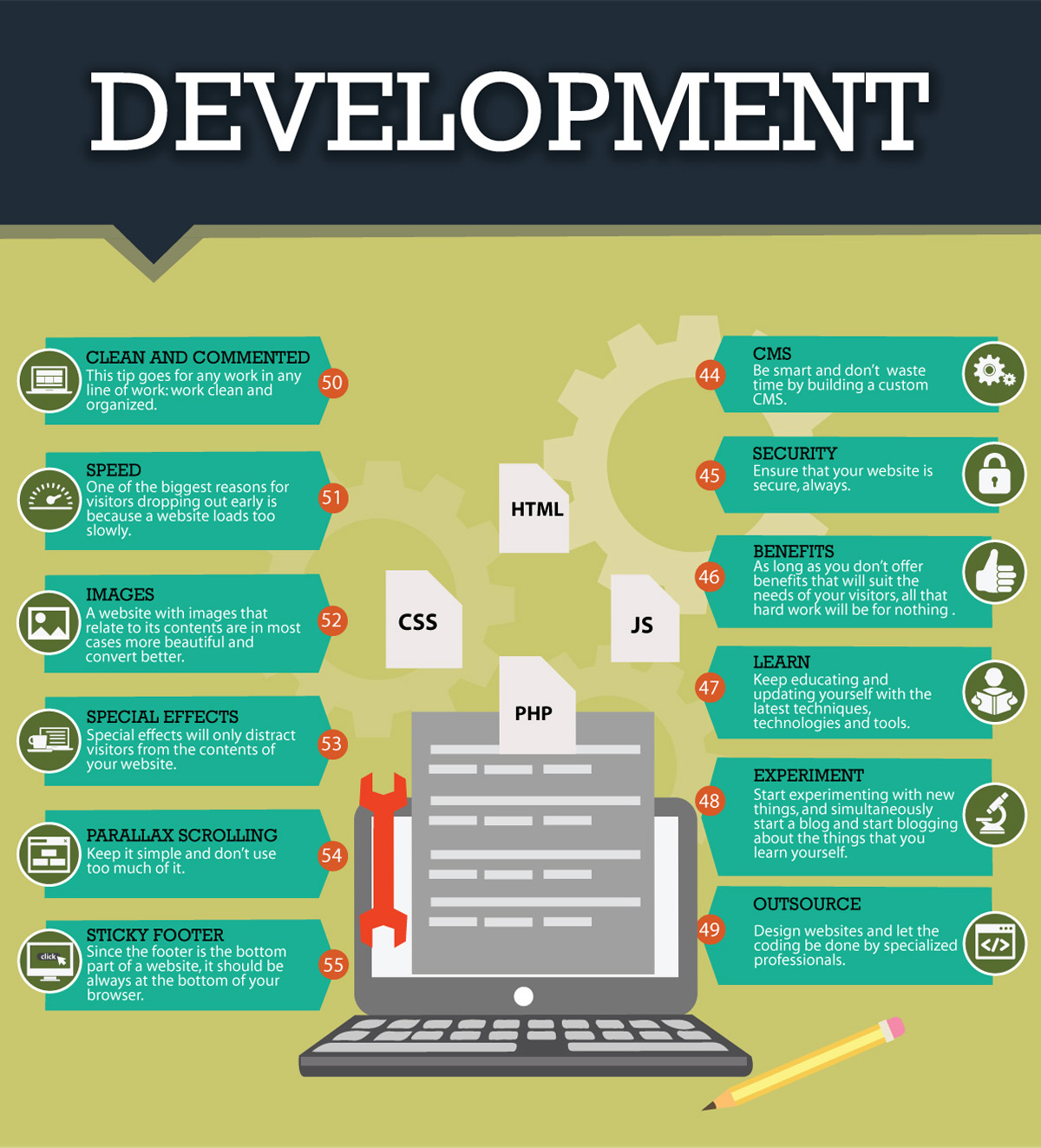Interested In Learning Exactly How Website Style Has Changed For Many Years? Check Out The Journey
Interested In Learning Exactly How Website Style Has Changed For Many Years? Check Out The Journey
Blog Article
Material Composed By-Tobiasen Bojesen
In the past, web sites were easy and focused on information. Navigation was straight, and style was for desktops. Now, user experience is key. Information guides layouts for very easy navigating. Responsive designs fit various devices. Today, dark setting lowers strain, and minimalist food selections improve navigating. Interactive attributes engage users, and bold visuals stand apart. AI combination boosts interaction. See just how layout has actually developed to boost your online trip.
Early Days of Website Design
In the early days of website design, simplicity preponderated. Websites were fundamental, with restricted shades, fonts, and layouts. The focus got on supplying information as opposed to flashy visuals. Customers accessed the internet via slow dial-up links, so rate and functionality were crucial.
Navigation food selections were straightforward, normally located at the top or side of the web page. Websites were developed for home computer, as mobile browsing had not been yet widespread. Web content was king, and designers prioritized easy readability over complex style aspects.
HTML was the main coding language made use of, and developers needed to function within its constraints. Animations and interactive features were marginal contrasted to today's criteria. Internet sites were static, with little dynamic web content or personalized individual experiences.
Rise of User-Focused Design
With the evolution of site design, a shift in the direction of user-focused style concepts has actually ended up being progressively noticeable. Today, creating internet sites that focus on customer experience is important for engaging site visitors and accomplishing company objectives. User-focused design includes recognizing the demands, choices, and behaviors of your target audience to tailor the site's layout, material, and includes as necessary.
Developers now carry out complete study, such as customer studies and usability testing, to collect insights and comments directly from users. This data-driven approach aids in producing intuitive navigation, clear calls-to-action, and visually attractive user interfaces that resonate with visitors. By putting the individual at the center of the design process, websites can supply a more customized and satisfying experience.
Responsive style has also become a vital element of user-focused design, ensuring that web sites are maximized for numerous tools and display dimensions. This versatility boosts access and use, dealing with the diverse means users engage with web sites today. Basically, the surge of user-focused design indicates a change towards producing digital experiences that focus on the needs and assumptions of completion user.
Modern Trends in Web Design
Explore the most recent patterns forming website design today. One prominent pattern is dark mode layout, providing a smooth and contemporary appearance while reducing eye pressure in low-light environments. Another key pattern is minimal navigation, simplifying menus and boosting individual experience by focusing on essential elements. Including micro-interactions, such as animated switches or scrolling effects, can produce an extra appealing and interactive web site. Receptive design stays critical, making sure seamless customer experiences across numerous devices. In addition, making use of vibrant typography and unbalanced formats can include visual rate of interest and accentuate specific material.
Integrating AI technology, like chatbots for client support or individualized referrals, improves individual interaction and improves procedures. Availability has also become a significant pattern, with developers prioritizing inclusive style practices to cater to diverse user needs. Embracing sustainability by optimizing site efficiency for speed and efficiency is an additional arising pattern in website design. Teaming up with user feedback and information analytics to repeat and boost layout continuously is essential for remaining relevant in the ever-evolving electronic landscape. By welcoming these contemporary patterns, you can develop an aesthetically enticing, easy to use site that reverberates with your audience.
https://bonitasprings.floridaweekly.com/articles/four-tips-to-supercharge-your-email-marketing/
As you assess the development of web site style from the early days to currently, you can see just how user-focused layout has actually come to be the driving force behind contemporary patterns.
Welcome the trip of modification and adjustment in web design, always keeping the individual experience at the leading edge.
Stay existing with the most up to date trends and modern technologies, and never stop developing your approach to develop visually stunning and user-friendly sites.
Advance, adjust, and produce - the future of website design remains in your hands.
